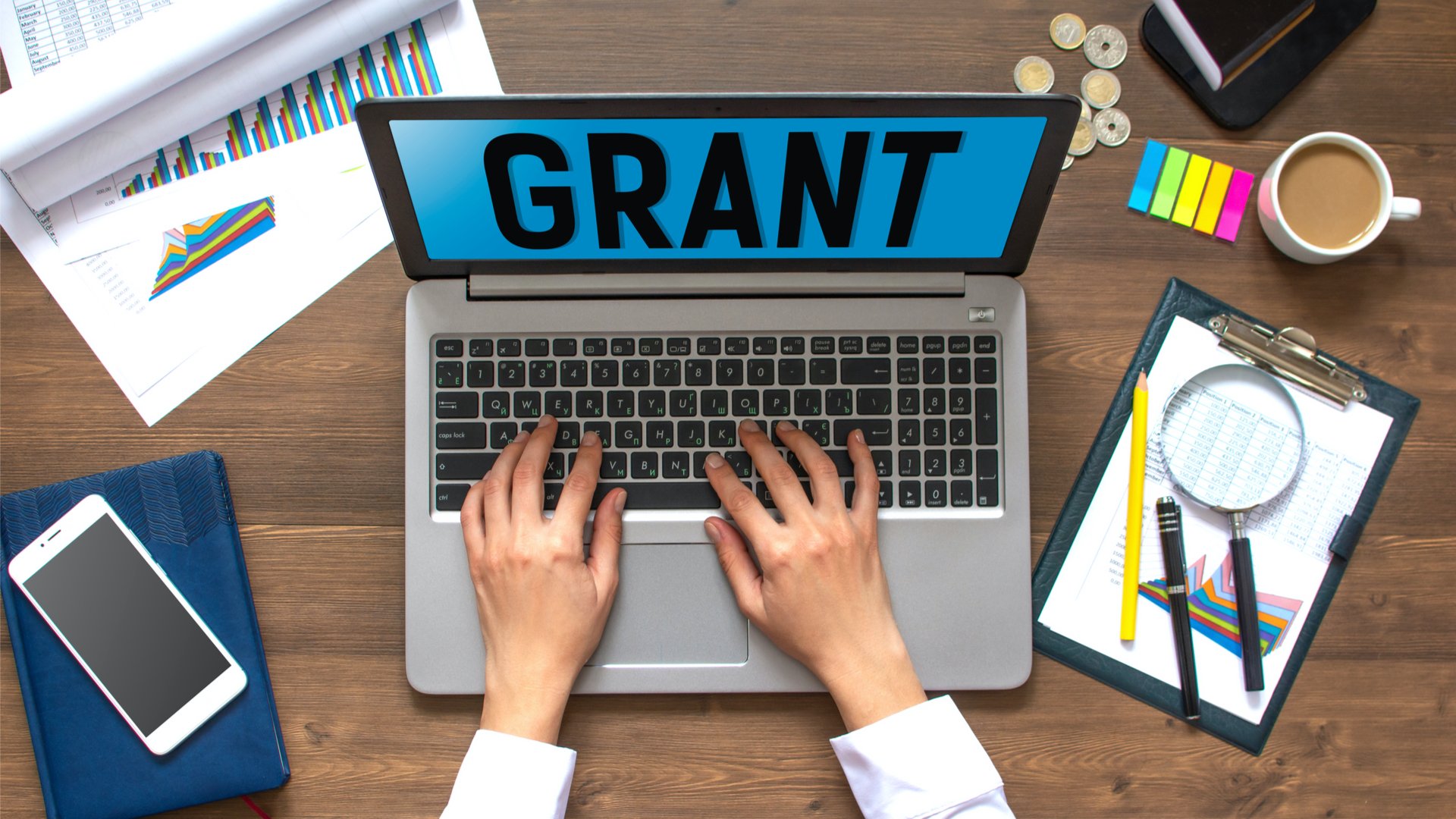
Successful grant writing is a highly iterative, detail-oriented process. To craft a truly great grant proposal, you need to demonstrate to a potential funder how all of the parts of a grant application both fit together and affect one other.
To ensure a grant proposal is both logically and structurally sound, use a logic model (also called a theory of change) to demonstrate how all of the moving parts in a proposal work together to form a cohesive, measurable project. A logic model is a blueprint that evaluates and measures how certain assumptions, inputs, activities, and outputs (the process-focused components of your program or project) lead to the desired goals and short-, medium-, and long-term outcomes that will best serve the target audience and effect social change.
A logic model can be used in two ways: As an organizational tool and as an evaluation tool. As an organizational tool, a logic model helps you to assess the alignment and necessity of goals, objectives, and activities in achieving your outcomes. As an evaluation tool, a logic model helps you measure and evaluate the efficacy of each assumption and activity that leads to the successful completion of your stated goals and outcomes. By outlining your grant proposal in this way--revealing what will be evaluated along the way and how each assumption and activity will be effectively evaluated--you can demonstrate to a potential funder that you have thought carefully about the program or project you seek to fund.
With a sound logic model, you will demonstrate that you are not only fully prepared to take on your proposed program or project but also that it is feasible and has a high likelihood of measurable success.






